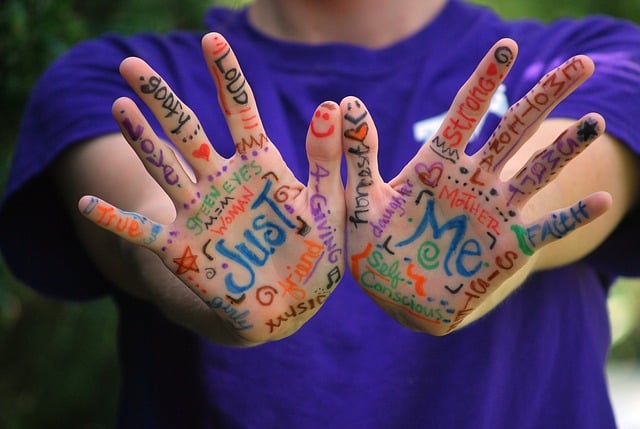
By the XX century, each country had a fixed law about the women’s subordination to men. The man had a dominant position in the family, property rights belonged to the husband, parents decided who would marry their daughter. The women had no right to financial independence, do not dispose of the property, did not have a passport without getting the husbands’ permission, did not choose a place for living. Discrimination consists of all these factors.
This is one of the most wide-spread forms of violence and human rights violation. Harassment is a lack of respect for the actions and convictions, which are not alike someone’s own. It also relates to the penalization of the people we apprehend as others, just like members of particular social or ethnic groups, or people with different political or sexual orientation. Harassment can occur in various actions, ranging from avoiding such members, rude speech, and ending bodily injury or even murder. Discrimination arose when one treated less favorably than another did in a similar situation just because he is, or is considered as belonging to a particular social category. Humanity is discriminated because of their, ethnicity, national origin, age, disability, political beliefs, race, religion, language, culture, gender orientation, and other reasons.
The concept of equity and anti-discrimination registered in the Universal Declaration of Human Rights:
“All human beings are born free and equal in dignity and rights.” The state duty is to protect minorities and vulnerable groups of unequal treatment. Article 2 establishes a freedom from discrimination: “Everyone is allowed to get all the rights and freedoms set forth in this Declaration, without any exceptions.”
Discrimination and harassment are usually based on or justified by prejudices and stereotypes about people and social groups, which are a practical expression of them. Some prejudices may turn into ideology. One of them is the ideology of racism. It includes an offensive behavior against youth because of their supposed “inferiority.” Unfortunately, this phenomenon is present in modern European society even today.
The discrimination policy against women based on gender factor (this form is also called sexism) includes discrimination against transgender and transsexual whose gender identity does not match, or the cultural identity is not connected with their defined gender.
LGBT suffer from diverse forms of violence that range from verbal harassment to murder. In many cities and countries, LGBT people are deprived of their rights, for example, the right to have a job when the employers fire them because of their sexual orientation or gender identity. The right to safety and security is one more that is often disrupted when the young people experience bullying at school or harassment in the workplace. Homosexual couples in many European countries are experiencing discrimination policies in areas such as the right to marriage, the right to a family and a foster child.
Education, both formal and informal, takes a central place in the reduction and elimination of prejudice against LGBT people. Just with the help of this phenomenon one can fight and destroy prejudice. Program of the European Youth Centers and the European Youth Foundation regularly conduct educational activities and sessions for human rights training and activists to fight homophobia.
There are a plenty of actions to combat discrimination and racism in the education sphere too, including: legal actions to enforce the anti-discrimination right; anti-discrimination and non-harassment policy that increase awareness of the principles of prejudice and intolerance and their impact on the discrimination and oppression of the people; and promote understanding of diversity and promote tolerance. Activities of civil society that condemns discrimination and prejudice, oppose disgraceful crimes and offensive speech, assists victims of discrimination or promote changes in legislation.
Teachers realize the necessity of developing a tolerant attitude in each person and creating a learning environment that recognizes the benefits of versatility and does not ignore it. As part of the development, those who work with children or young people should understand their own and others’ discriminatory behavior to get rid of it.
An intercultural learning is a process of studying diversity and is the central approach in European youth work. In the youth field of the Council of Europe Intercultural learning is presented as “the process of social education aimed at encouraging positive relationships between people and groups with different cultural traditions” that promotes mutual respect and solidarity.
About the author: Helen Birk
is a professional blogger and freelance short-story writer for the popular site EdubirdieAU. She strives to solve students’ career and university problems. Having an interest in law and justice, Helen spends her free time visiting various education courses. Her lifestyle credo is “Actions speak louder than words.”
Check out Typesy Community and exchange ideas related to touch typing, keyboarding, learning, technology, and Typesy program itself. Login with your Typesy Account here: https://community.typesy.com/